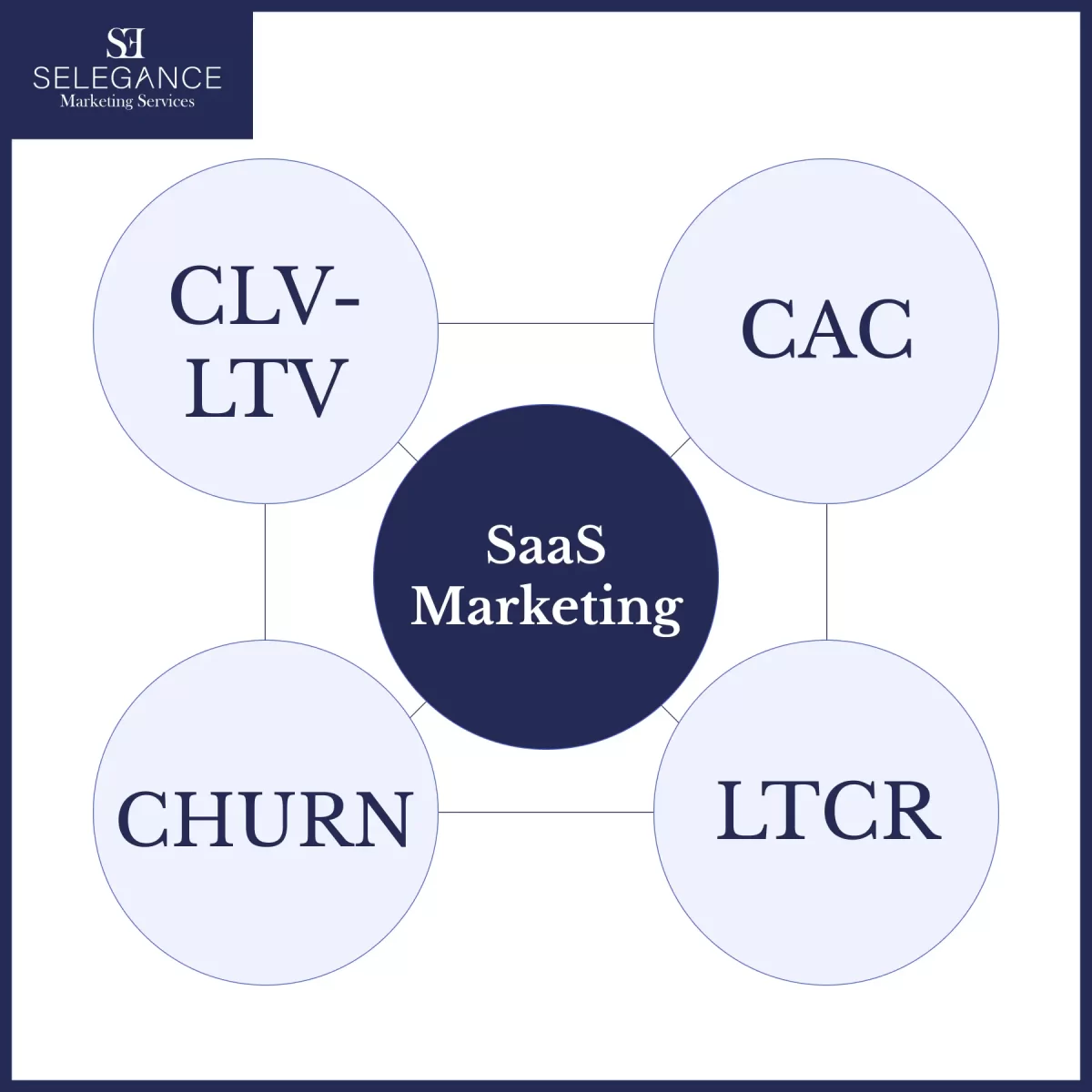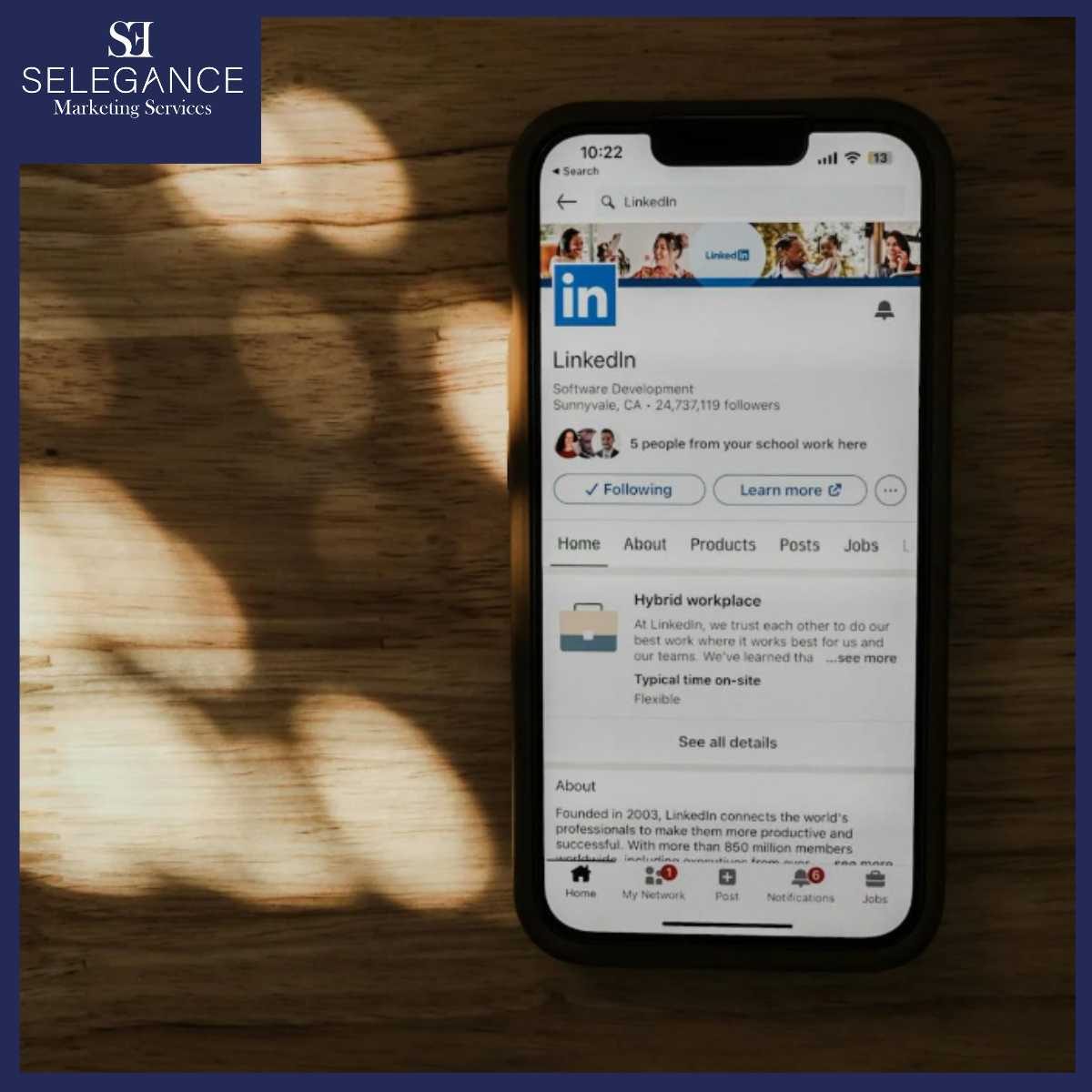Email marketing is one of the most powerful ways to turn leads into paying clients – when you do it right. But how do you go about it?
In my many years of marketing experience, I have learned that one of the keys to successful email marketing is creating newsletters that feel personal and provide real value to your prospects.. This, on the long run, will guide your leads toward a decision naturally. If you’ve been struggling to get conversions from your email list, here are five easy email marketing tips to convert leads into paying clients.

1. Make Your Emails Personal
Personalisation is more than just dropping your prospect’s name into a newsletter. People want to feel like you’re speaking directly to them, so tailor your message to their needs, interests, and behaviours. Make it feel personal!
Start with your lists. Use your CRM or your or email marketing provider, and tag your prospects by industry and area of interest from the get-go. When writing your newsletters copy, mention their business type, research about their industries trends and speak directly to their pain points.
Use your marketing strategy and tailor your messaging based on where they are in the customer journey. New leads may need educational content, while warm leads are more likely to respond to case studies or a limited-time offer.
2. Focus On Value With The 80/20 Rule
Many businesses—and marketing teams—still use their media and digital channels to constantly push their product or service sales. “Book a call,” “Book a demo”—it’s a recurring theme. But what’s in it for the reader, really? Nobody likes being sold to all the time! If your emails sound like a sales pitch, people will stop opening them.
Instead, focus on providing helpful insights that naturally lead to a sale. Share quick industry tips, success stories, or a company behind-the-scenes.
How to do it? Use the 80/20 rule: 80% of your emails should educate, inspire, or entertain, while 20% can focus on selling. Another approach is the popular framework: give, give, give, ask. Meaning you provide value three times before making an ask. Other schools of thought suggest giving five times. Personally, I say: keep providing value to your audience ten, twenty times, or just until they ask organically.
3. Use Clear And Compelling Calls To Action (CTAs)
When you do ask, ensure your “ask” is clear, simple, and specific (never assume your leads know what to do next after receiving your email). Most importantly ensure your call to action is value-oriented.
How to do it? Instead of generic CTAs like “Learn More,” try “Book a Free Strategy Call” or “Get Your Custom Growth Plan.”
4. Keep It Consistent (Most Sales Happen Here)
There’s a saying in marketing that prospects need to see your message at least six times before making a decision. I’m not entirely sure that’s the exact number, but I’d say it’s close. Buyers’ journeys have become increasingly complex, as recent research by Google reveals.
Most leads require multiple touchpoints before making a decision—especially in the B2B sector. A well-timed follow-up sequence can set you up for success, but it’s only a start.
How to do it? Create sequences that are simple and focused on trust. Start with a welcome email that thanks the new prospect for “joining the club”. Then, send a few value-packed emails. Answer the questions your clients are already asking. Think “How does your service work?” or “What makes you different?” Think of it as a conversation, not a pitch.
Share success stories, and helpful tips. By the time you send a soft sales email (usually around email 4 or 5), they’ll already see you as the expert they want to work with. But don’t expect to sign up the contract automatically after that. Simply keep on providing real value with new newsletters if the conversion hasn’t happened..
5. Test, Optimise And Improve
Years ago, I worked with a client who believed that sending newsletters on Mondays at 12 p.m. was the best way to reach their audience. When we started working together, their open rate was sitting at around 15%.
After running some A/B tests, I discovered that their audience was far more responsive to emails sent on Wednesdays at 7:30 a.m.
The result? Their open rate jumped to 57%, a 116.7% increase. The spike in engagement also drove a CTR increase of approximately 90% and enquiries rose by 60%.
How to do it? A/B test subject lines, seeding times, email lengths, and CTAs to see what resonates most with your audience. Small changes can lead to big improvements in conversions.
Good email marketing is about building trust and nurturing relationships. When you focus on helping rather than just selling, your leads will naturally move closer to making a decision. Start implementing these strategies, test what works for your audience, and keep refining your approach. Over time, you’ll see more leads converting into loyal, paying clients, without the hard sell.
Try these five easy email marketing tips in your next campaign and watch the difference they make. When you do ask, ensure your “ask” is clear, simple, and specific (never assume your leads know what to do next after receiving your email).




